A Decade in Tibet
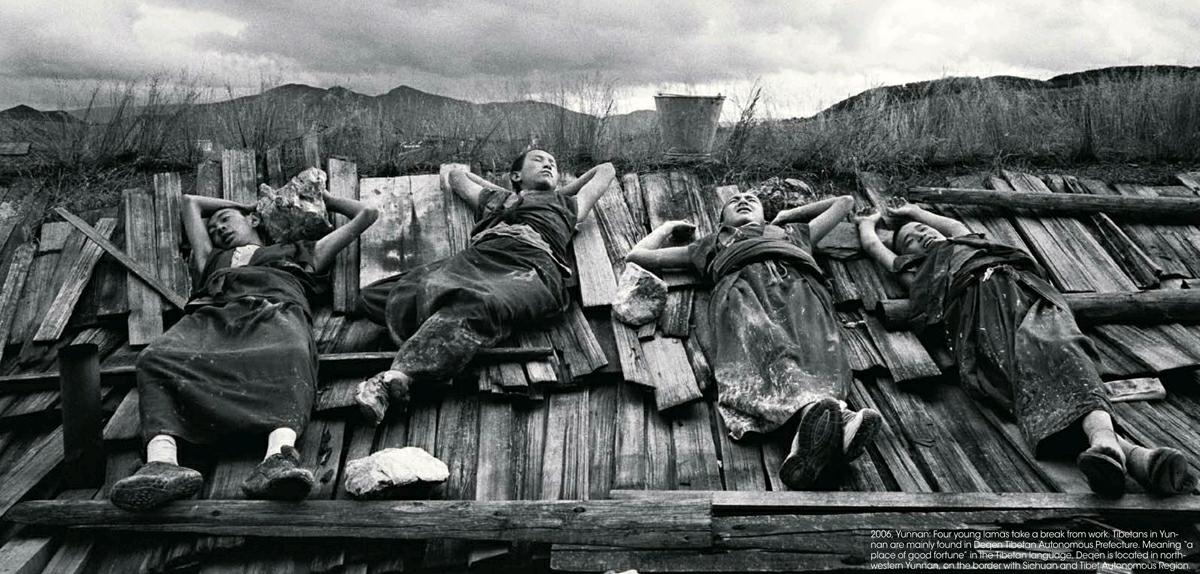
On display were 80 black-and-white photos depicting Tibetan religious and social life captured during his decade-long travels.
Yang started focusing on Tibet in 2003. He trekked the Tibet Autonomous Region and beyond, visiting heavy concentrations of Tibetans living in provinces of Qinghai, Gansu, Sichuan, and Yunnan, sharing food and roofs with the locals, befriending monks and lamas, and observing details of daily life and religious practice.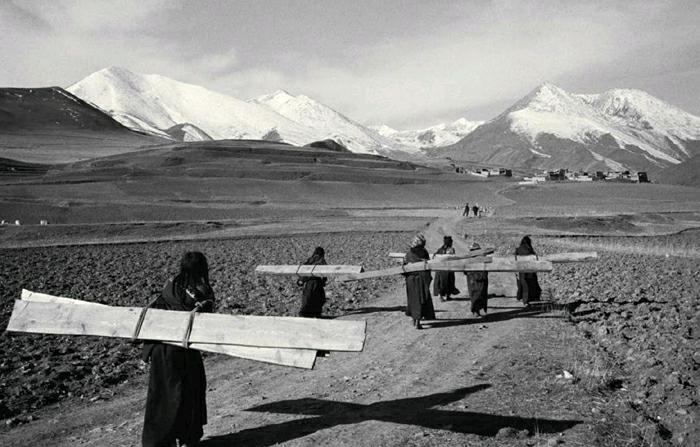
During his journey, he concentrated only on local daily life and religious activities. “A diligent photographer, Yang set his sights on accomplishing his mission with vision and skill as he has grown sincere reli- gious beliefs and became more enlightened through his camera,” commented one critic.
Yang exhausted more than 2,000 rolls of film while taking over 75,000 pictures, but only 80 made the final cut for the exhibition.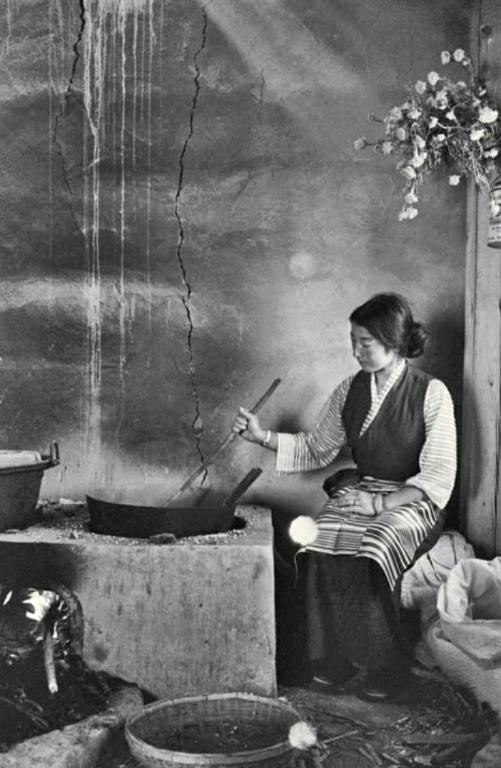
Many consider Tibet mysterious, sacred, and strange. Through Yangs lens, the region appears vivacious, cordial, and fascinating.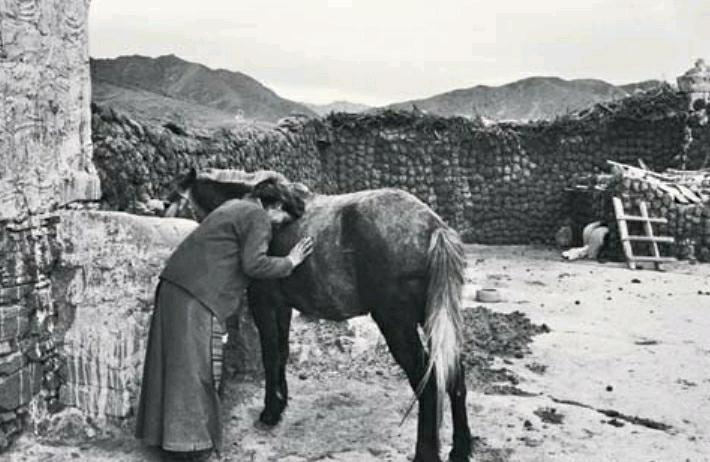
Yang integrated himself into the local community, evolving from an outside spectator. His photography enables us to share lamas joy as they reach out their hands to embrace life-giving rain, tranquility and comfort as monks rest after cleaning, and harmony between man and animal as they feed pheasants.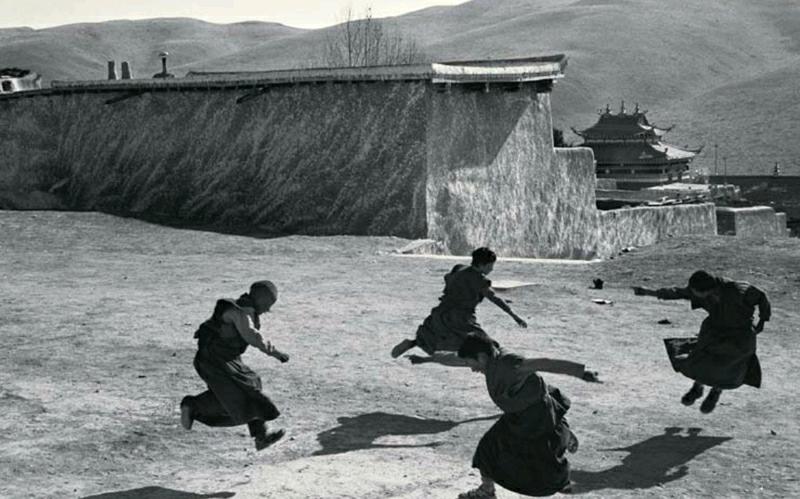
Elegant, unsophisticated and low-profile, his images transport viewers closer to the mysterious roof of the world, interpreting real local life and portraying the people as sincere, touching, and natural.
“I remained as faithful as prostrating worshippers with my photography, striving to interpret the dynamic nature of the peo- ple and the places rather than just scraping the surface and reach for an understanding of the true value and meaning of photography,” explains Yang.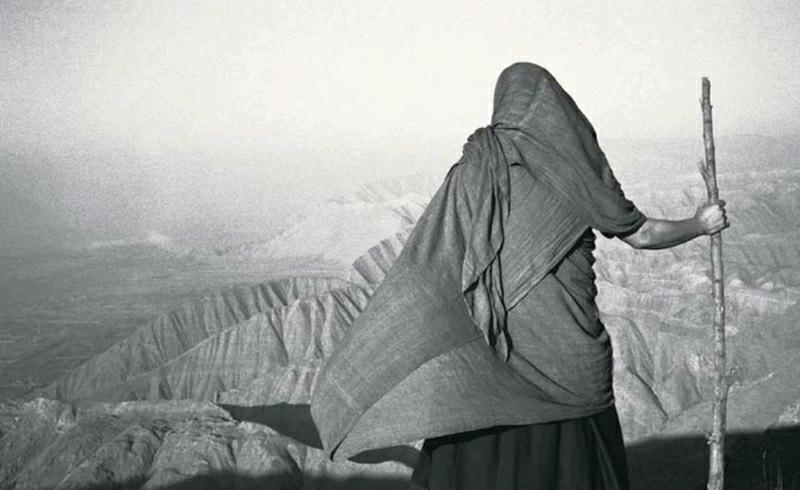
“His exhibited images are undoubtedly excellent modern Chinese photography,”opines Gu Zheng, a prestigious critic.“We not only see realistic representations through his documentary photography, but a world of spirit transcending reality.”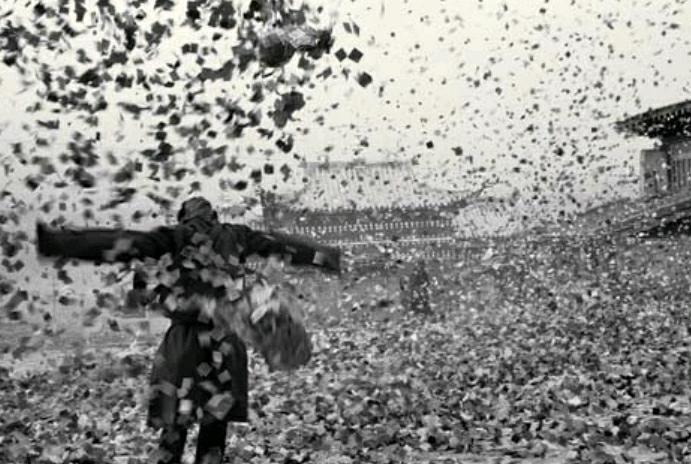
China Pictorial2015年9期
